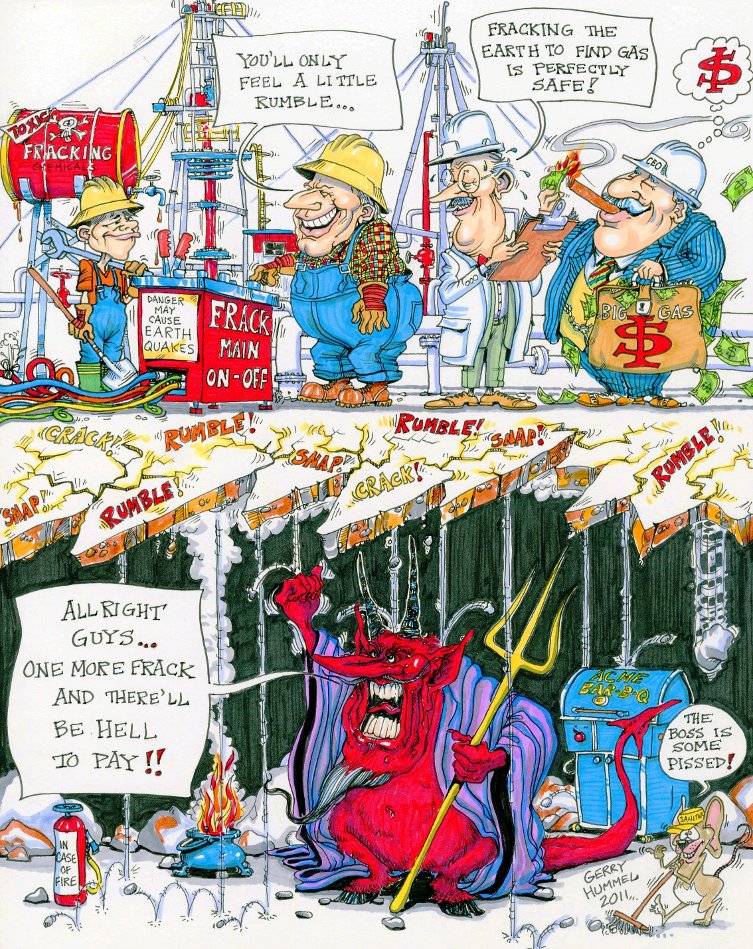From UPI.com – April 22, 2011
PITTSBURGH, April 22 (UPI) — A blowout at a Pennsylvania natural gas
well has fueled increased concerns about the already controversial
practice of hydraulic fracking.
The well, owned by Chesapeake Energy Corp., experienced an equipment
failure Tuesday, sending chemical-laced water over the drilling site in
Bradford County, Pa. and into nearby waterways, including Towanda Creek,
which feeds into the Susquehanna River.
“There have been no injuries and there continues to be no danger to
the public,” Brian Grove, senior director for corporate development at
Chesapeake, said in a statement.
The company stopped all operations in the state and said Thursday that it had successfully sealed the leaking gas well.
The accident comes one year after an explosion sunk the Deepwater
Horizon oil rig in the Gulf of Mexico, resulting in 11 deaths and the
worst offshore oil spill in U.S. history, and at a time when hydraulic
fracturing, or “fracking,” is coming under increased scrutiny from state
and federal officials.
The technique, used to release vast reserves of natural gas buried
underground, involves massive amounts of water, sand and chemicals
injected at high pressures to fracture rock and release the stored gas.
A report released by Democratic members of Congress last week said
that more than 650 of the chemicals used in fracking were carcinogens.
In the fracking process, anywhere from 10 to 40 percent of the water
injected into the well returns to the surface carrying drilling
chemicals, high levels of salts and sometimes naturally occurring
radioactive material. The state of Pennsylvania has allowed drillers to
discharge much of the waste through sewage treatment plants into
rivers, The New York Times reports.
An investigation by the Times found that more than 1.3 billion
gallons of wastewater was produced by Pennsylvania wells over the past
three years. But treatment plants to which the wastewater was sent
weren’t equipped to remove many of the toxic materials contained in the
drilling waste.
Environmental group American Rivers has called on Congress to push
for the restoration of the Environmental Protection Agency’s ability to
regulate hydraulic fracturing under the Safe Drinking Water Act, removed
in a 2005 energy bill referred to as the “Halliburton loophole.”
“In case last year’s BP oil spill wasn’t enough of a wake-up call,
now we have another disaster, this time in Pennsylvania. The American
people have had it with the industry’s false assurances,” said Andrew
Fahlund, senior vice president for conservation at American Rivers.
Pennsylvania’s massive Marcellus Shale reserve is believed to hold
enough gas to supply the country’s energy needs for heat and
electricity, at current consumption rates, for more than 15 years. Some
3,300 Marcellus gas-well permits were issued to drilling companies last
year, compared to 117 in 2007.


